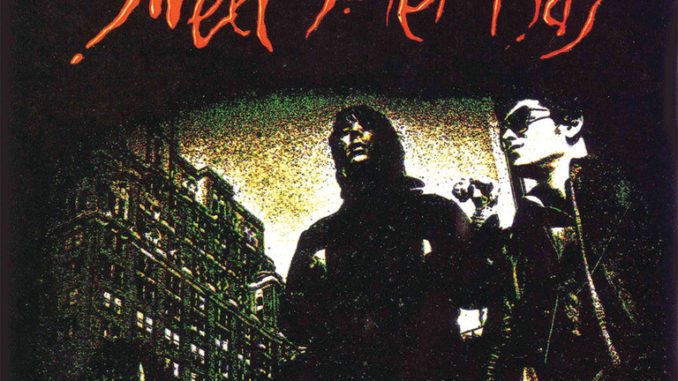
Waxing poetic about the sundry pleasures of needle-on-vinyl
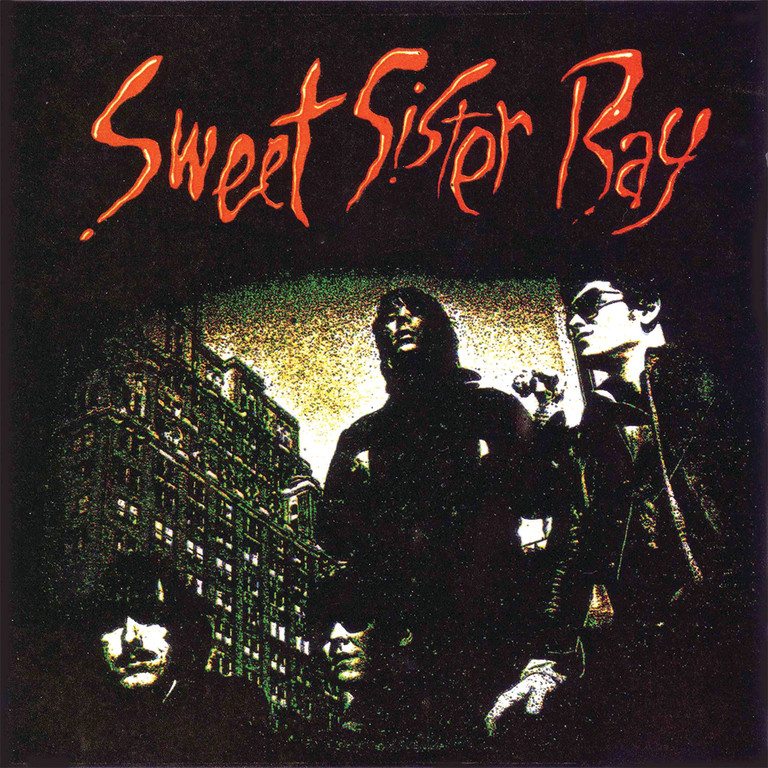
Music is today a digital enterprise, no doubt about it. Sure, purists bitch about the sound quality of CDs, not to mention MP3s and streaming sites, but as of 2013, iTunes was nonetheless reporting 21 million song sales every single day. The purists are vastly outnumbered. Still, the Jan. 1 WSJ story notes a curious trend: Digital-download album sales actually dropped 9 percent in 2014, even while LPs enjoyed a banner year.
The record isn’t dead, even if it’s gone niche, and even if digital and streaming have made housing a wall of space-consuming LPs seem ludicrous. For me — and countless others like me — the experience of owning, collecting, searching for and listening to vinyl records is a passion that borders on the fetishistic, if not mystical.
My love affair with vinyl dates back to 1977. When I was a lad of 5 in Louisville, Kentucky, my dad bought my older brother and me two albums: The Beatles’ Sgt. Pepper’s Lonely Hearts Club Band and K-Tel Records’ The Best of Creedence Clearwater Revival. Nearly 40 years later, I still own these records (scrawled with my then-tentative signature of “Danny Brown”) and, in hindsight, I see that both surely helped guide my subsequent music tastes.
In the early ’80s, I blew all of my allowance on albums bought at The Music Shop in Jacksonville Beach, a store owned by the Faircloth family, who would go on to open up the now-legendary all-ages rock club Einstein-A-Go-Go. Cool cover art was key to my preteen sensibilities, so forays into buying records by early black metal bands like Venom and Mercyful Fate somehow led to my 1985 discovery of The Grateful Dead, a band that I thought no one on else on the planet liked. (I was mistaken.)
When a chain record store opened in Atlantic Beach that same year, my addiction fully kicked in. I bought armloads of bargain-priced reissues and cutouts, my discernment forged through studying song titles and liner notes for clues as to whether I should drop $11.99 for an Emerson, Lake & Palmer triple-LP live recording. The answer? An expensive and strong no. Insanity is defined as repeating the same mistakes and expecting different results — I experienced that maxim firsthand by purchasing every Yes album.
After discovering local music stores selling new and used vinyl, like Vintage Vinyl, Wag’s Record Hound and Yesterday & Today, my collection hit a growth spurt that just hinted at future unmanageability, as I had to rearrange the furniture in my room to accommodate the growing cluster of albums now taking up space.
In the late ’80s, I fell headfirst into the subterranean galaxy of underground, experimental and free jazz music. In those pre-online and eBayless days, I amassed releases through the ancient art of mail order from distributors like NYC’s Midnight Records, Hoboken, New Jersey’s Pier Platters, and Forced Exposure in Waltham, Massachusetts. I also discovered the delights of bootlegs, finding slots in my growing collection for such illicit gems as The Yardbirds’ Last Rave-Up in L.A. box set and The Velvet Underground’s high-and-holy Sweet Sister Ray, a double LP featuring four live versions of the VU’s drone rock masterpiece “Sister Ray.”
Like many socially awkward wallflowers, the lifeboat that helped me sail through my youth was steered by sitting alone in my room, spinning albums. Records helped me define myself, influencing the development of my personality, perception and even understanding of life. This is an “outsider” experience that’s about as original as a busted lip in a slam pit, but for me it offered a kind of comfort and inclusivity that made me feel less alone, particularly in an intimidating world that didn’t seem to easily share my slobbery excitement about Quicksilver Messenger Service’s Happy Trails.
In the early ’90s, I experienced firsthand a shifting currency of music formats. In 1992, I left Jax Beach for Memphis and joined the blues-punk band ’68 Comeback. We had a slew of vinyl releases issued on labels ranging from Sympathy for the Record Industry to Sub Pop, selling these gems on tour for much-needed gas money, or trading them to other bands that we met on the road for their own LPs and 45s. Two years later, I hooked up with Royal Trux, who, in the wake of the Nirvana-created feeding frenzy when major labels courted every band that could make sound come out of their instruments, were signed by Virgin Records. As bands (including us) began to essentially “sell out,” it seemed as if many groups became increasingly indifferent to having their music issued on vinyl, a sensibility that drove the vinyl scene deeper underground. Looking back on it now, I think this development probably saved and sustained the medium, since the diehards began to release highly inventive limited releases that created a demand for unique items that blurred the line between record and collectible art.
While touring in bands provided me with interesting — ahem — life experiences, one of the greatest benefits, unsurprisingly, was to buy more goddamned records. I flipped through albums in record stores as far afield as Iowa City and Copenhagen, Denmark, on a crazed hunt for that elusive side by avant-garde bassist Alan Silva.
In my late 20s and early 30s, I began to cool my jets. eBay became the bane of my existence, as I found myself locked into urious bidding battles with other vinyl-hungry geeks. I had a de facto moment of clarity after realizing that I was once again pawning the same PA mixing board to pay the piper after “winning” an overpriced bidding war.
I currently own more than 3,000 LPs and 300 45s. Obsessive weirdness loves company; I have friends who own collections that easily dwarf mine. Sealed in plastic bags yet completely disorganized, there’s no rhyme or reason to this inexplicable wall of records that is a direct reflection of my somewhat fragmented personality. But the intimate ritual of removing a record from the sleeve, scrutinizing the label and plummeting into the singular bliss of needle-crackling-on-vinyl remains as intoxicating as ever, momentarily shutting out the rest of the world as I dive within to a serenity served up at 33 rpms.
Thanks to Daniel A. Brown of Folio Weekly

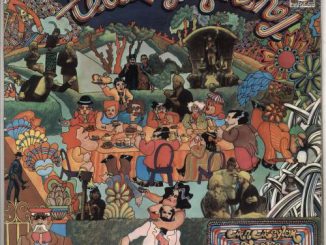
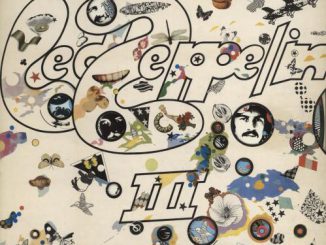
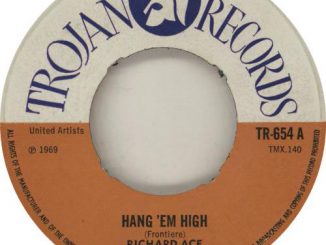
Be the first to comment